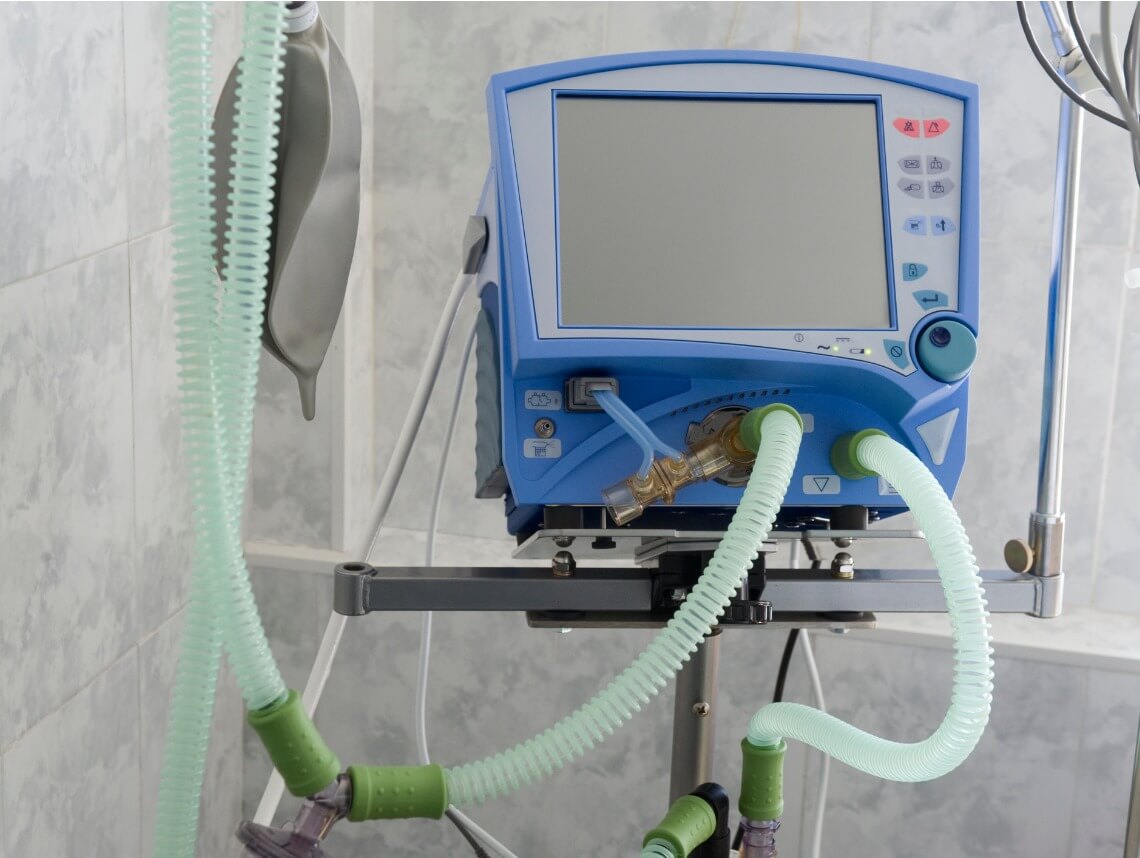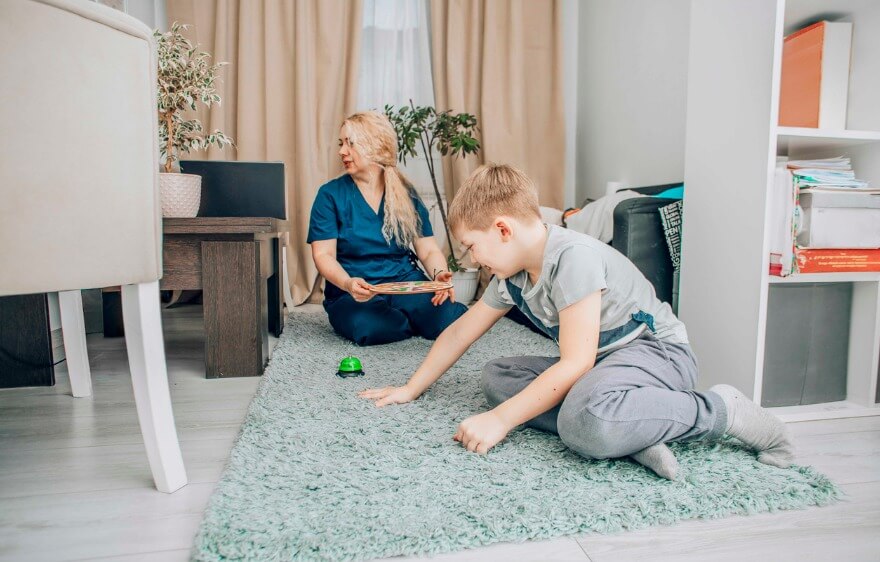Most people have a general idea of what a medical ventilator is. It’s a machine designed to provide breathing for a patient who is unable to breathe or is breathing insufficiently. But they’re more complex than that. When you hear the news that someone you love needs a ventilator, it’s normal to want to know as much as possible about how it will impact the patient’s life.
The following blog hopes to answer some of the most common questions regarding ventilators and what to expect when a loved one depends on it for life support.
Who needs a ventilator?
A person who cannot breathe on their own or is breathing insufficiently will need a ventilator.
A few reasons for needing artificial respiratory assistance could be:
- Chronic Obstructive Pulmonary Disease (COPD)
- Cystic Fibrosis
- Injury to the spinal cord
- Stroke
- Being involved in an accident
- Undergoing surgery that requires general anesthesia
- Pneumonia or any type of respiratory disease
- Drug overdose
- Being in intensive care
- Blood clot
- Lung injury
Some patients have the ability to breathe on their own, but with difficulty. When this happens, a ventilator is only used to pick up when the patient can’t do it on their own. Other times, the patient cannot breathe at all, and the ventilator is set to take over what would be the patient’s regular breathing pattern.
How does a ventilator work?
A ventilator moves air into and out of the lungs (oxygen in and carbon dioxide out). It can be inserted through the mouth or nose and down the trachea, or through a surgical opening, via tracheostomy. Depending on the patient’s medical condition, they may be able to use a respiratory mask in lieu of breathing tubes. This is known as non-invasive mechanical ventilation.
The amount of oxygen the patient receives can be controlled through a monitor connected to the ventilator. If the patient’s condition is particularly delicate, the monitor will be set up to send an alarm to the caregiver indicating an increase in air pressure.
The machine works by bringing oxygen to the lungs and taking carbon dioxide out of the lungs. This allows a patient who has trouble breathing to receive the proper amount of oxygen. It also helps the patient’s body to heal, since it eliminates the extra energy of labored breathing.
What to Expect While on a Ventilator
What to expect depends on the severity of the patient’s illness. For example, some people can resume regular activities, such as reading or watching television; while others need to be restrained to prevent them from pulling out their respiratory tubes.
Patients or caregivers also need to learn how to provide suctioning, to prevent mucus from blocking the tubes.
One of the most frustrating things about being on a ventilator is that the patient is not able to speak. There is a valve called a Passy Muir Valve that goes on the trach to allow a patient to speak. If the patient is old enough and in a conscious state, it’s good to encourage them to write their messages on a notepad. This at least gives them a sense of having the ability to communicate with loved ones.
If the patient is required to use a ventilator for an extended period of time, he or she can talk to their doctor about the possibility of using a portable ventilator.
A silver lining with this situation is that a ventilator doesn’t cause any pain to the patient. However, there is a transition period where the patient may experience some discomfort while they get used to the device.
Once the patient’s condition has improved, there is usually a “weaning off” period to get the person used to breathing on their own prior to removing the ventilator.
Contact Care Options for Kids for Home Health Care Services
If you or an aging loved one are considering home health care services, contact the caring staff at Care Options for Kids. Call today at (888) 592-5855.






